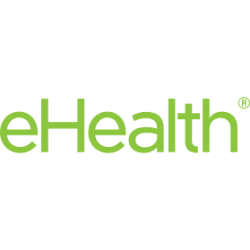
FMP

eHealth, Inc.
EHTH
NASDAQ
eHealth, Inc. operates a health insurance marketplace that provides consumer engagement, education, and health insurance enrollment solutions in the United States. The company operates in two segments, Medicare; and Individual, Family and Small Business. Its ecommerce platforms organize and present health insurance information in various formats that enable individuals, families, and small businesses to research, analyze, compare, and purchase a range of health insurance plans. The company operates a marketplace that offers consumers a choice of insurance products, such as Medicare Advantage, Medicare Supplement, Medicare Part D prescription drug, individual and family, small business, and other ancillary health insurance products from health insurance carriers. It markets health insurance plans through its websites, including eHealth.com, eHealthInsurance.com, eHealthMedicare.com, Medicare.com, PlanPrescriber.com, and GoMedigap.com, as well as through a network of marketing partners. The company also licenses its health insurance ecommerce technology that enables health insurance carriers to market and distribute health insurance plans online; and provides online sponsorship and advertising, and lead referral services. eHealth, Inc. was incorporated in 1997 and is headquartered in Santa Clara, California.
8.76 USD
0.72 (8.22%)
